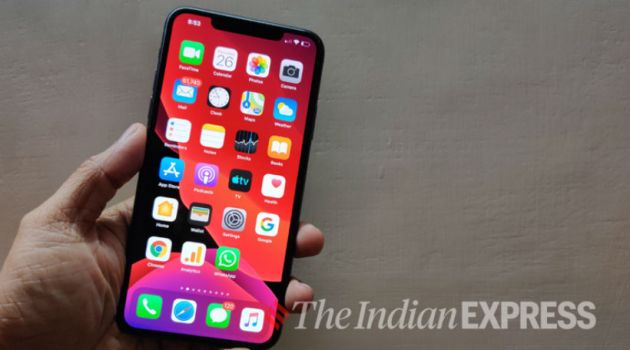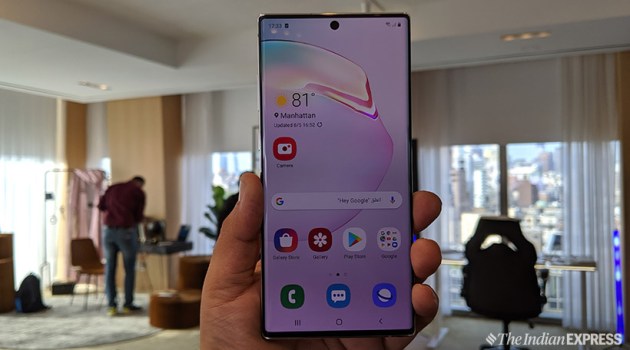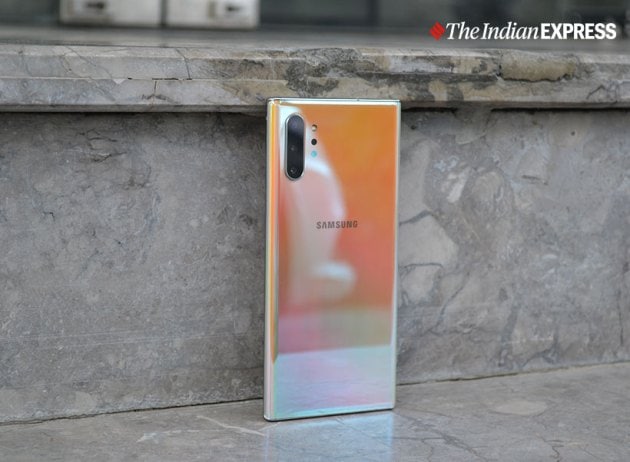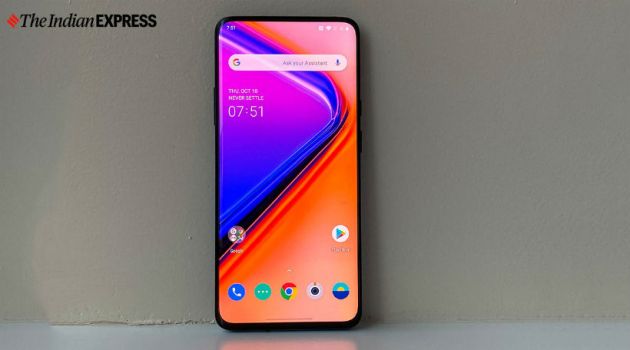Top flagships of 2019: Apple iPhone 11 Pro Max, Samsung Galaxy Fold, OnePlus 7 Pro, and more
Apple iPhone 11 Pro Max, Samsung Galaxy Fold to OnePlus 7 Pro: We take a look at the smartphones that defined 2019. The list includes the best flagship phone, flagship that maintained the standard, flagship that stood out, and more.
Updated: December 25, 2019 13:39 IST 1 / 12
1 / 12As 2019 comes to an end, we look at flagship smartphones that defined the year. The best flagship smartphone of 2019 was Apple iPhone 11 Pro Max as it stood in terms of overall packaging, especially innovative cameras, which offer the capability to shoot videos with three rear cameras and front camera simultaneously. This is something that no other flagship smartphones offer as of now. Perhaps, the best part of the iPhone 11 series was the all day battery life, which solved a major issue for Apple users. Of course, iPhone 11 Pro Max remains an aspirational device in India but Apple completely redefined the experience with the iPhone 11 series.
 2 / 12
2 / 12The ultra-wide camera on iPhone 11 and Pro variants was one of the best seen in the market and Night Mode further enhanced the photography department. The addition of Deep Fusion technology further pushed boundaries when it comes to smartphone photography.
 3 / 12
3 / 12Samsung Galaxy Note 10+ was a flagship that maintained the standard. Samsung's Note 10 series was an improvement on all fronts including the S Pen, which added support for Air Gestures and more Bluetooth capabilities. The S Pen remains a feature that no other flagship offers.
 4 / 12
4 / 12Samsung ticked all the boxes with Galaxy Note 10+ be it the design, the performance, the extra large 4300 mAh battery or the four cameras making it the ideal upgrade for its loyal Note fanbase.
 5 / 12
5 / 12Samsung Galaxy Fold certainly stood out the most, thanks to its foldable form factor. It set the standard for what to expect in a foldable phone. We noted in our review that Samsung managed to ensure that “this was a very compact smartphone” which fit perfectly in the user’s hand “despite its thick build” when it was folded.
 6 / 12
6 / 12Despite the price tag of Rs 1,64,999, the Galaxy Fold certainly showed that a foldable phone could be popular and even managed to sell out in the first days in India.
 7 / 12
7 / 12Huawei P30 Pro that comes with four cameras at the back was the flagship which redefined camera. The smartphone packs a 40MP main camera what the company called a ‘super-spectrum’ lens, which has a sensor that dramatically brights photos in extreme low-light scenarios.
 8 / 12
8 / 12The secondary camera was an 8MP periscope zoom one with up to 50x digital zoom, along with a 20MP ultra-wide-angle camera and time-of-flight lens for accurately measuring depth. Huawei’s P30 Pro camera was one of the highest rated at the time it launched.
 9 / 12
9 / 12Flagship phone that got us all excited with its comeback had to be Moto Razr 2019 as after all, the Motorola Razr series is an iconic one. Moto Razr was back in 2019 in a familiar clamshell form with the new foldable display. Moto Razr 2019 relies on an eSIM entirely, which is certainly a first on a phone. (Image: Bloomberg)
 10 / 12
10 / 12But it looks like fans of Moto Razr 2019 will need to wait a bit longer to get their hands on the devices as it might only go on sale in 2020, given the supply issues because of ‘consumer demand’. (Image: Bloomberg)
 11 / 12
11 / 12OnePlus had a slightly different approach with its 2019 flagship phones: OnePlus 7 Pro and a OnePlus 7, which do not exactly fall in the mid-range Android flagship category, thanks to a price tag upwards of Rs 48,999 for the higher-end Pro variant.
 12 / 12
12 / 12OnePlus 7 Pro was an impressive flagship on all accounts; a 90Hz display rate which put it ahead of the competition when it launched in May, a triple camera that was excellent and a smooth daily performance as always.











